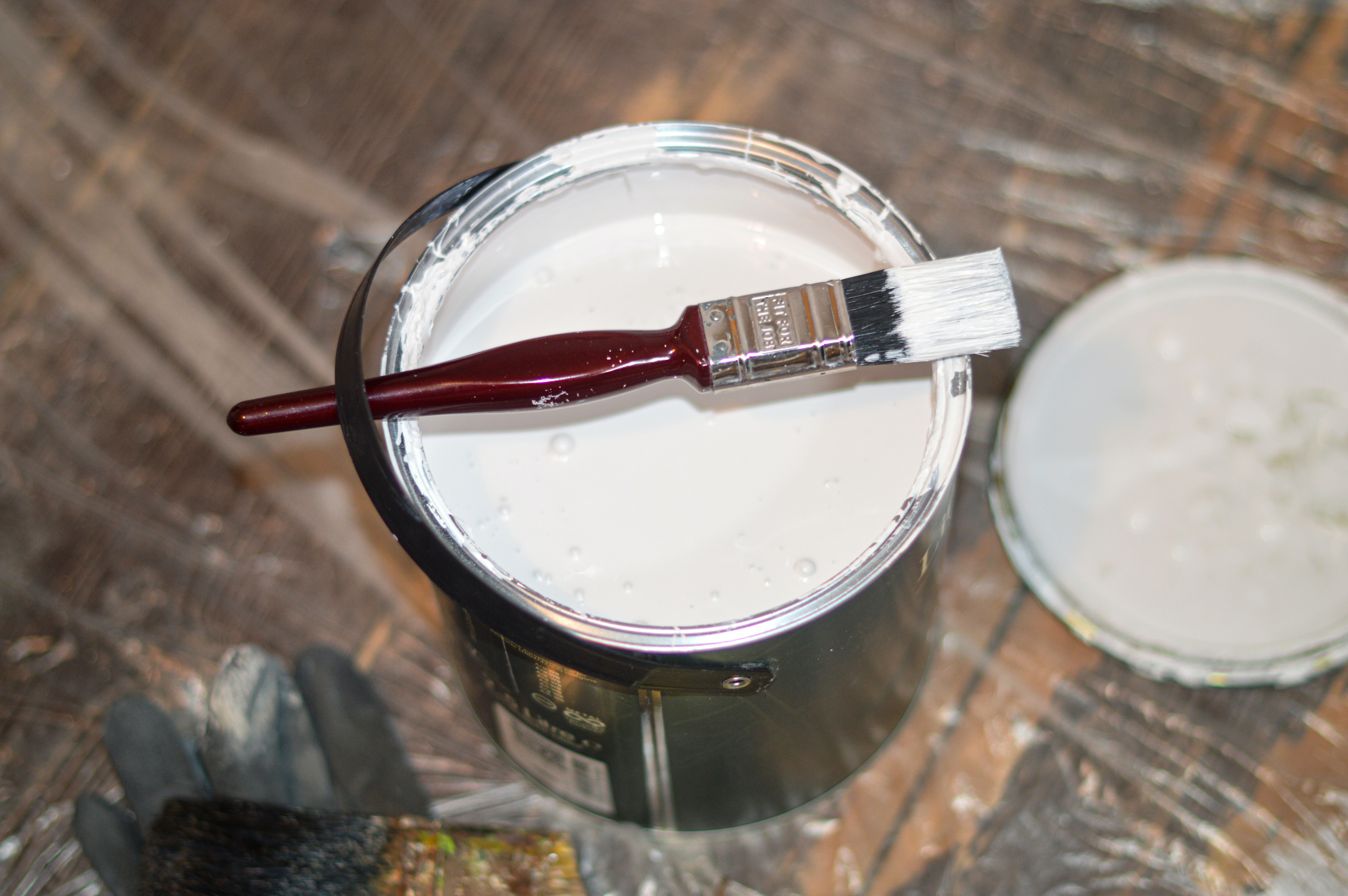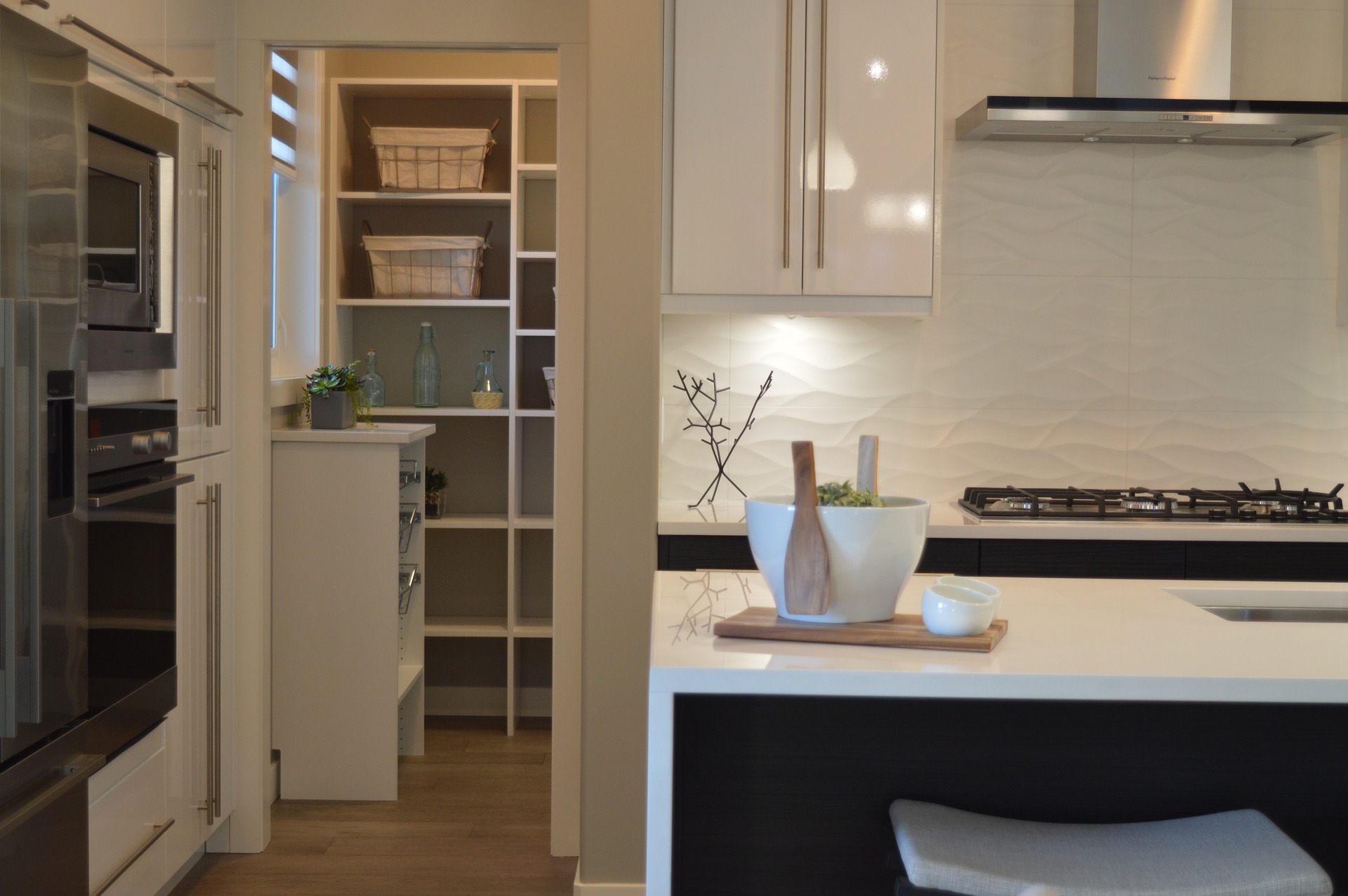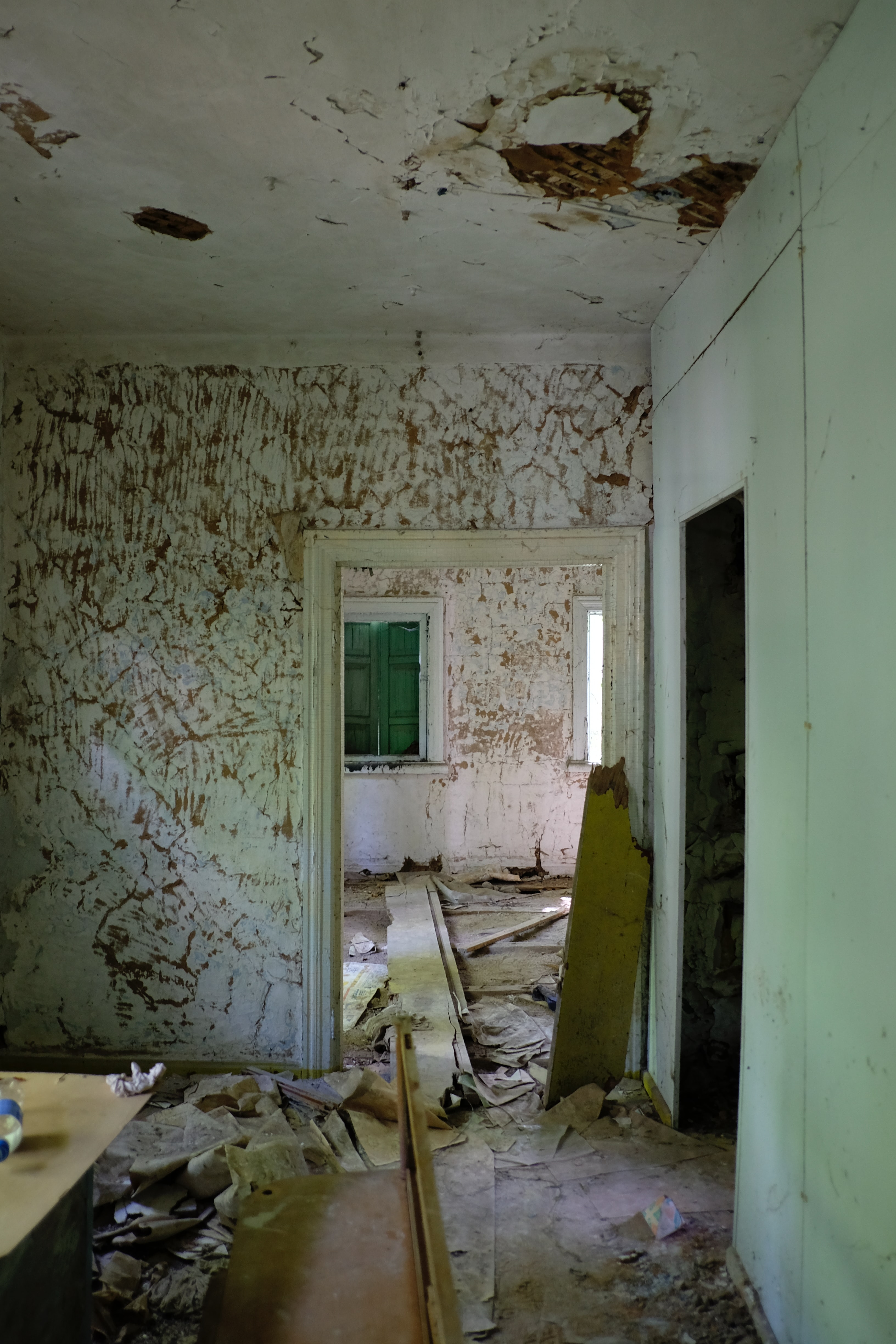We get asked this question a lot, so we thought it would be a good idea to write a blog post to explain why skirting board can turn yellow and what you can do to fix it.

Does this scenario sound familiar to you? The woodwork in your house used to be a lovely glossy white but recently you have noticed it turning yellow, especially behind the wardrobe you just moved. Why does it happen? There are a few reasons…
It is likely that the woodwork has been finished using an oil-based paint. The solvent based alkyd binder (synthetic polyester resins), drying additives and the natural oil in the paint reacts with oxygen in the air as it dries and hardens and may turn yellow as the coat ages. The length of time before discolouration occurs usually depends on the brand of paint used (premium paint brands normally perform better) and if the paint has been applied near a heat source such as a radiator as this can speed up oxidation. Unfortunately, yellowing due to oxidation is irreversible and we would recommend sanding, priming and repainting your mouldings with a water-based acrylic paint, which is much less sensitive to discolouration because of the use of a different binder (acrylic).

So, why is your skirting a darker yellow behind the wardrobe you have just moved? It is all to do with the chromophores – little colour-producing molecules that form in the paint. They are broken down when regularly exposed to light, but if you have used the oil-based paint in a dark room or behind furniture they will remain in the paint coat and your lovely glossy mouldings will look and become even more yellow over time. Luckily, this process can be partly reversed by exposing the skirting to light by moving furniture and opening curtains, however, it takes time.
Finally, your skirting could be yellow because of exposure to moisture. If there are other obvious issues such as mould growth or a musty smell, then it is highly likely this is the case. If there aren’t any clear signs of leaks or damp, you could use a moisture meter to check the percentage of water in the wall. It is important to determine the moisture source and repair it rather than simply cleaning and repainting the mouldings. You may also need to replace your skirting or architrave depending on the extent of the water damage.

You know that age old saying “prevention is better than cure”? If you are still at the ‘choosing paint’ stage then we would recommend using a water-based paint for your mouldings (especially considering it is better for your health and the environment!), but if you are set on using a solvent and oil-based paint then you might want to consider the following:
- Only use in areas with plenty of natural light
- Avoid applying oil-based paint near heat sources
- Don’t use oil-based paint near other white surfaces as over time the discolouration will become more noticeable.
Need to replace your skirting or architrave?
Have a look at our MDF profiles or click here to find your nearest SAM distributor.

